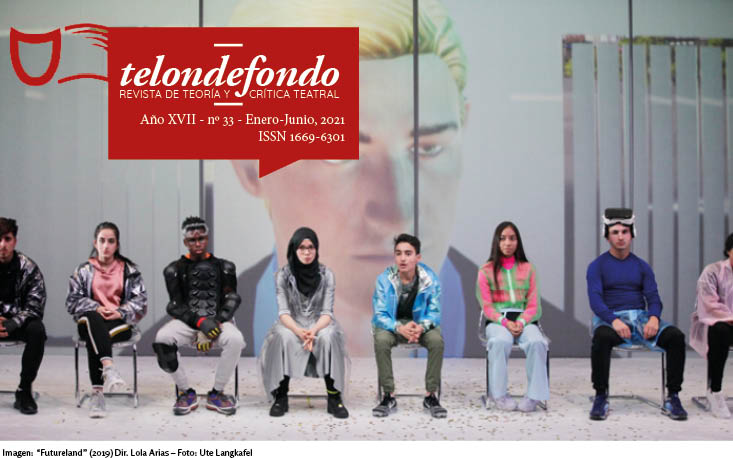Culture of Illusionism and Ethics of its Practice. Analysis of Two Card Manipulation Procedures.
Abstract
The present work is a record of one of the stages of an ongoing research project centered on illusionism and its relationship with the material dimension. Illusionism, as a discipline built by the accumulation of secret knowledge, contemplates three interdependent components: the context, the subject (illusionist and spectator) and objects. In this investigative phase, I focus on the subjects involved, who, through their behavior, model the morphology of the artistic field of illusionism. I consider it appropriate to analyze in what way and under what conditions the exchange of cultural values is activated within the community of magicians that, as entertainment artists, fulfill a clear social function. This approach is appropriate to discover how the members involved in this restricted field –that is, within the brotherhood of illusionists– move and how they articulate with the specialized and profane public. Other questions are linked to this inquiry, such as what is the nature of work, what institutions create its members (professionals and amateurs) in a field whose deontics are based on the ethics of secrecy and under what human values are they connected –the card magician in particular– with the spectator-collaborator.Downloads
Copyright (c) 2021 telondefondo. Revista de Teoría y Crítica Teatral

This work is licensed under a Creative Commons Attribution-ShareAlike 4.0 International License.
Los autores/as que publiquen en esta revista aceptan las siguientes condiciones:
-
Los autores/as [traductores] conservan los derechos de autor y ceden a la revista el derecho de la primera publicación, con el trabajo registrado con Licencia Creative Commons Atribución-NoComercial-CompartirIgual 4.0 Internacional, que permite a terceros utilizar lo publicado siempre que mencionen la autoría del trabajo y a la primera publicación en esta revista.
-
Los autores/as pueden realizar otros acuerdos contractuales independientes y adicionales para la distribución no exclusiva de la versión del artículo publicado en esta revista (p. ej., incluirlo en un repositorio institucional o publicarlo en un libro) siempre que indiquen claramente que el trabajo se publicó por primera vez en esta revista.
-
Se permite y recomienda a los autores/as a publicar su trabajo en Internet (por ejemplo en páginas institucionales o personales).











